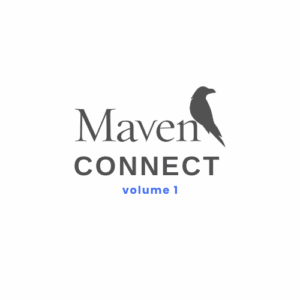
Editor’s Note: This is the first in a series of posts on common Survey writing mistakes. online Survey tools, today virtually anyone can conduct Survey research. On the positive side, this means that market insights and other actionable intelligence are more widely available than ever before. However, more Surveys conducted by more (untrained) people also yield more bad data and more bad decisions.
Clearly not everyone can be professional Survey writers like my colleagues at Maven, and not everyone can afford to engage a professional Survey writer to help construct an effective and bias-free set of questions. Nevertheless, if you avoid the behaviors I describe here you will get better results.
MISTAKE #1: YOU ASK LEADING QUESTIONS
The text of a leading question suggests the answer the questioner wants to hear. Binary (Yes/No, True/False, etc.) questions are particularly likely to be leading. Consider the following example:
Do you think education should be free?
( ) Yes
( ) No
Clearly the person who wrote this question believes that education should be free, and respondents tend to want to satisfy the questioner. Moreover, people are generally more likely to answer “Yes” than “No” regardless of the actual question. Consequently, the majority of respondents will answer “Yes” EVEN IF THEY BELIEVE OTHERWISE! If you want unbiased results, try a multiple choice or rating scale question with balanced options instead.
Related Post
Categories
Recent Articles

Maven Connect | Volume 1

Expert Interviews: The Secret Weapon for Winning Product Strategy

Unlock Workforce Potential with Open Talent Networks | Boost Efficiency & Innovation

Has the world of consulting changed forever?

Internal talent marketplace

